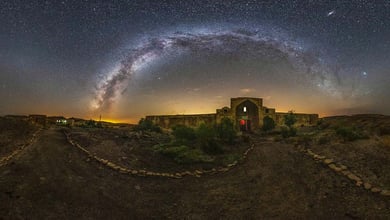Qanat: Iran’s Ancient Water Management System
The Legacy of Iran's Ancient Water Management System
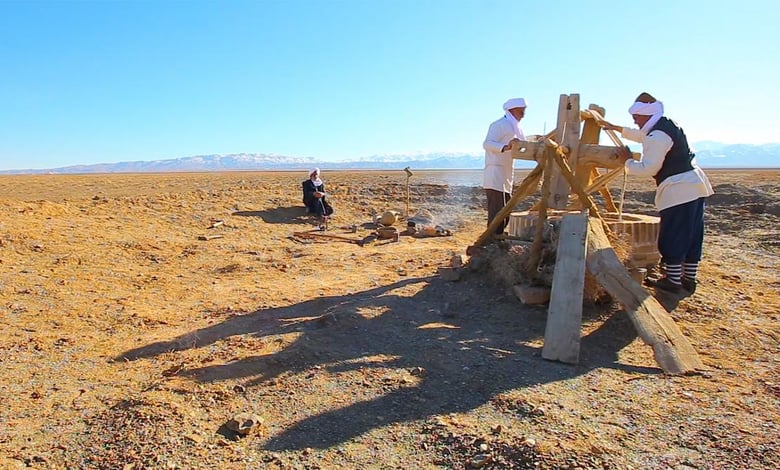
“A traveler flying over Iran can see plainly that the country has an arid climate. The Iranian plateau is largely deserted. Most of Iran (excepting areas in the northwestern provinces and along the southern shores of the Caspian Sea) receives only 6 to 10 inches of rainfall a year. Other regions of the world with so little rainfall (for example the dry heart of Australia) are barren of attempts at agriculture.
Yet Iran is a farming country that not only grows its own food but also manages to produce crops for export, such as cotton, dried fruits, oil seeds and so on. It has achieved this remarkable accomplishment by developing ingenious system for tapping underground water.
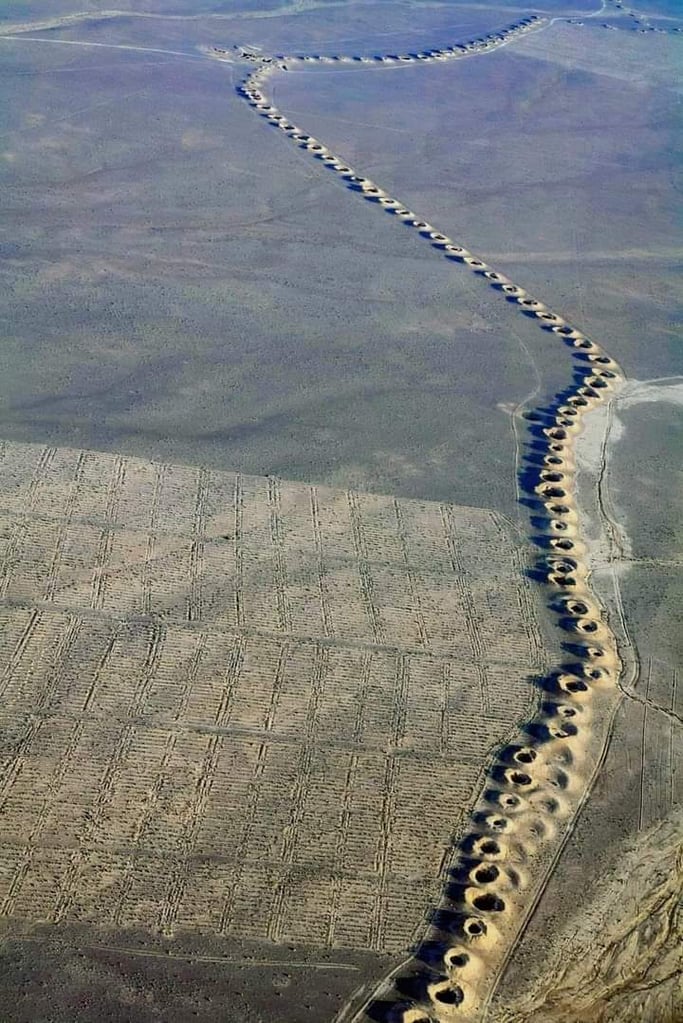
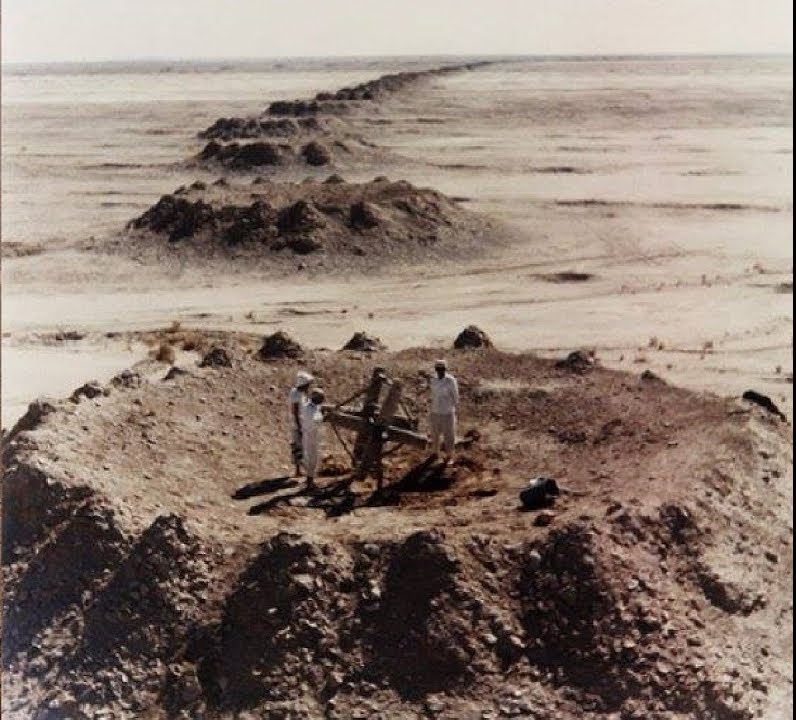
The system, called qanat (from a Semitic word meaning “to dig”) was invented in Iran thousands of years ago, and it is so simple and effective that it was adopted in many other arid regions of the Middle East and around the Mediterranean” (Wulff-Dieter Heintz).
Contents
The construction of the Persian Qanats
The construction of the Persian Qanats is a testament to the ingenuity and skill of ancient Persian engineers. Workers had to dig through rock and soil to create the tunnels, and then line them with materials such as stone, clay, or brick to prevent collapse. The vertical shafts, or “access points,” also required precise engineering to prevent flooding and ensure adequate ventilation.
The origin of the word qanat is still controversial. Some believe that it has a Persian origin and changed into the present pronunciation. According to this theory the word qanat derives from the Persian word Kene, which means digging. However, some believe that this word is originally Arabic, from which the English word canal has derived. Throughout the world there are over 27 names for this traditional technique. For example, the names used in southwest Asia are: Quanat, Can ant, Connought, Kanat, Khanate, Khad, Kanayet, Ghannat, Karez, Kariz, Kahriz, Kahrez, Karaz, Kakoriz, and Falaj.
In addition, one may come across the following names for qanat in northern Africa: Foggara, Faghare, Mayon, Iffeli, Negoula, Khettara, Khottara, Rhettara, and Foggaras.
All these names refer to a horizontal tunnel, which drains groundwater, usually in alluvial fans. The mechanism of this structure is the same around the globe; a horizontal tunnel with a gentle slope that partly cuts through the aquifer. Water in saturated layers seeps into the tunnel, accumulates and flows down the tunnel.
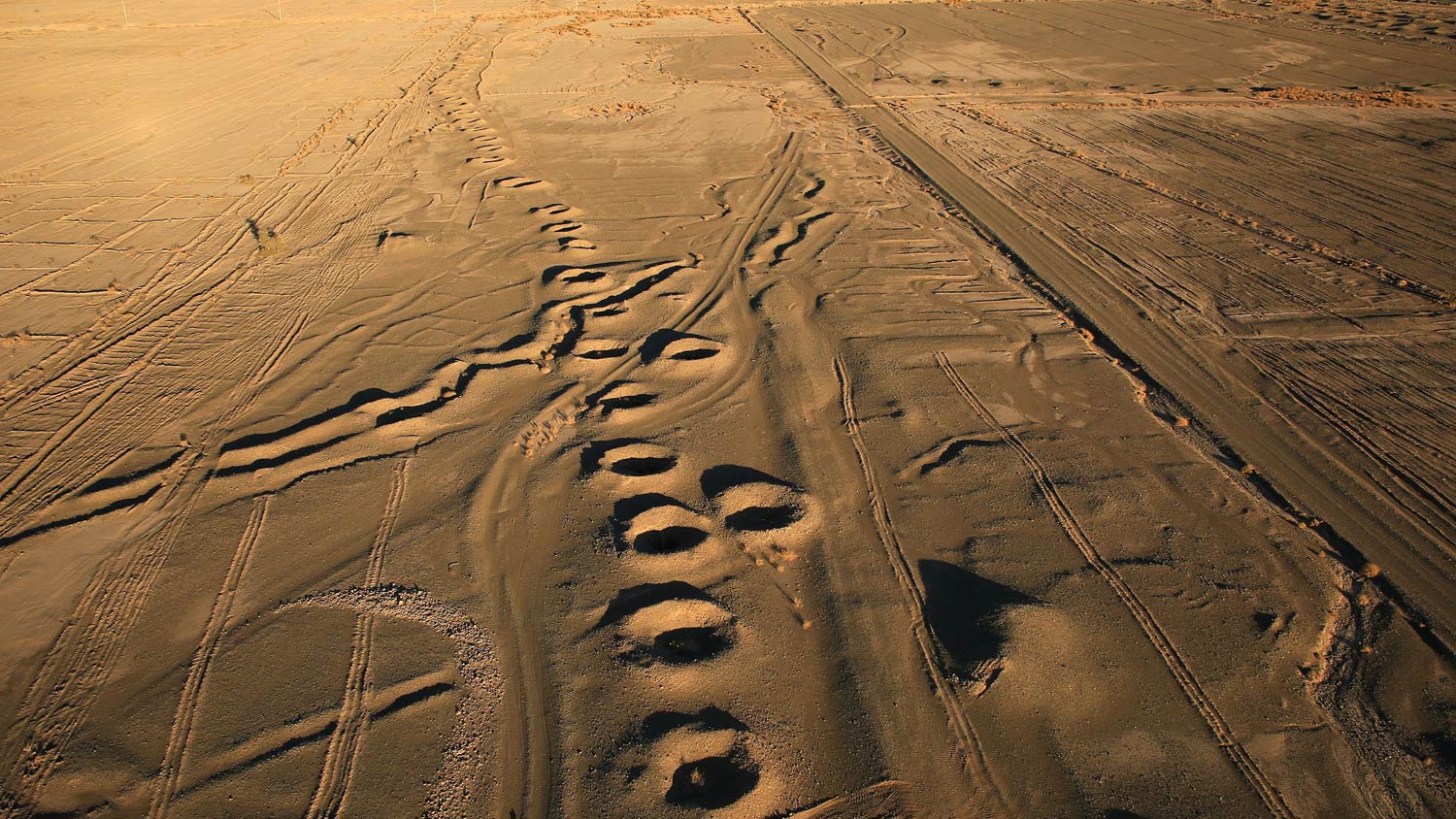
It is very typical for deserts to have a landscape of many craters in a row. The craters, which can be easily seen from air, are actually the mouths of a Qanat’s shaft wells running across a desert. These wells are vital for Qanats as they act as means of ventilation as well as a way through which debris and excavated materials can be hauled onto the surface International Centre on Qanats and Historical Hydraulic Structures in Iran there are Qanats with lengths over 10 km, sometimes cutting through a very hard formation.
It is amazing how a qanat 70 km long can be constructed by a human being. This is why in some rural areas; locals attribute the creation and construction of qanats to supernatural powers or creatures such as genies. But the fact is that these long qanats were invented by normal people hu s of years ago, and extended by by their offspring during periods of
drought as far as the aquifer would allow in order to keep the qanat discharge steady. Thus, a qanat became longer and longer through years where the pick axe was handed down from father to son.
This process resulted not only in the physical development of qanats, but also in the accumulation of knowledge and the buildup of a distinct civilization- qanat civilization, which is rooted in the technical characteristics of the qanat. In general, qanats are examples of how deeply culture, environment and technology are interwoven. They cut through history, and bring not only water to quench the thirst of lands, but also this priceless message: Earth is our kind mother as long as we are grateful sons.
Qanat Definition
Qanat is a gently sloping subterranean canal, which taps a water-bearing zone at a higher elevation than cultivated lands. In 2014 there have existed some 37000 active qanats running all over Iran, discharging about 7 billion m3 groundwater a year. A qanat consist of a series of vertical shafts in sloping ground, interconnected at the bottom by a tunnel with a gradient flatter than that of the ground.

The first shaft (mother well) is sunk, usually into an alluvial fan, to a level below the groundwater table. Shafts are sunk at intervals of 20 to 200 m in a line between the groundwater recharge zone and the irrigated land. From the air, a qanat system looks like a line of anthills leading from the foothills across the desert to the greenery of an irrigated settlement.
Qanat engages a variety of knowledge and its studying entails an interdisciplinary approach. In a traditional realm, qanats are embraced by a socio-economic system that guarantees their sustainability. The facets of this socio-economic system operate closely together and make it possible for the qanats to remain into future.
Technical Overview
A qanat is constructed by tunneling into a cliff, scarp or base of a mountainous area, following a water-bearing formation (Karaji, 1987).
On the Iranian plateau, an important heartland of qanat- watered settlement, this change in water technology is draining aquifers, altering the distribution of towns and villages, and transforming the life worlds of Iranian villagers. Qanat is a sustainable technique to tap groundwater without inflicting any damage on the aquifer.
Qanat system carries some advantages as follows: Qanat system works only with the force of gravity and does not consume any kind of fuel unlike pumped wells. Qanat system just drains out the overflow of groundwater and does not throw the aquifer inflow-outflow off balance.
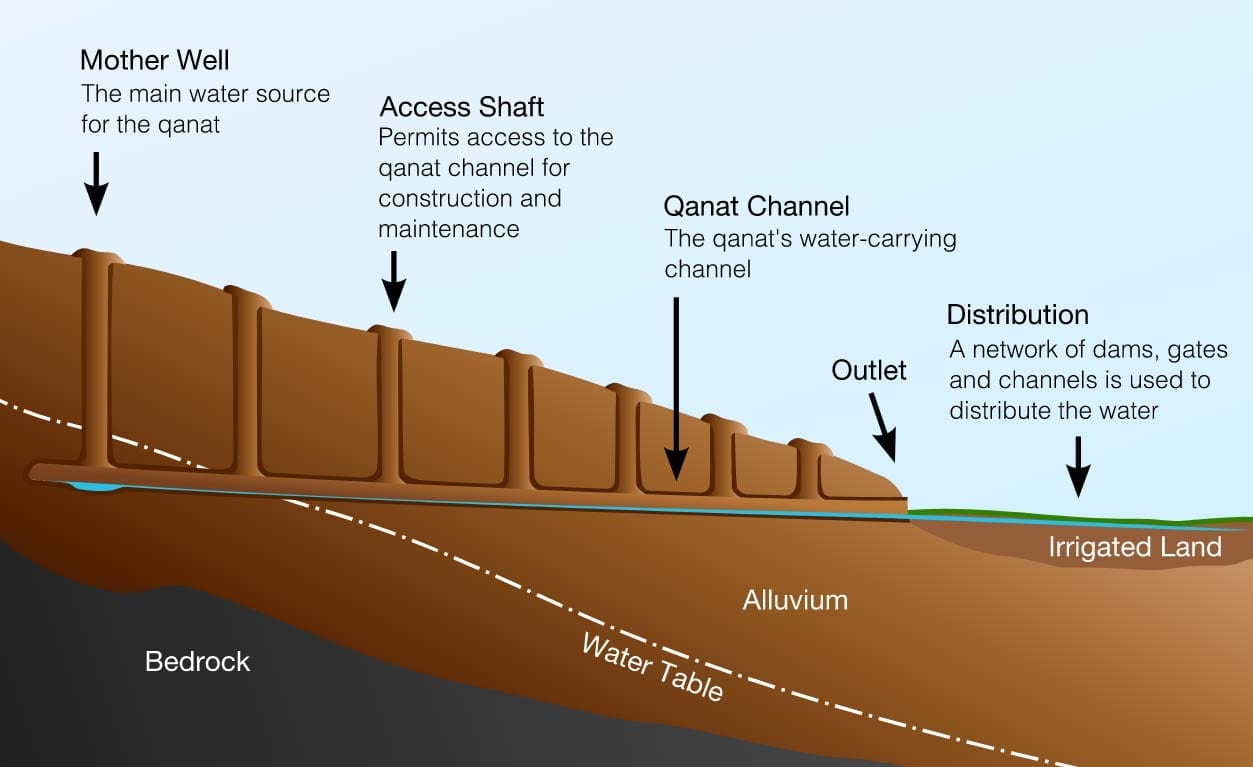
For qanat does not use up the groundwater and empty the porous layers of water, no soil compression would come about and accordingly no subsidence on the surface. Given that qanat does not suck up the groundwater, the water extraction by means of qanat does not make the saline water creep into the fresh water reserves. The qanat system does not manipulate the structure of soil, so it does not diminish the soil capacity to hold groundwater.
Digging a qanat depends on the climatic, hydrogeological and topographical condition of the region. Qanats are dug at areas with temporary surface water resources, a land slope of up to 0.5 in 1000 and permanent underground waters. The length of a qanat which also affects its water outputs different in various natural conditions. These circumstances depend on the land gradient and the depth of the mother well. On the other hand, a lower level of underground water means a deeper mother well. The most important factor specifying qanat length is land gradient. Here the former factor has an inverse proportion to the latter.
__
Wulff, H. E. (1966). The traditional crafts of Persia: Their development, technology and influence on Eastern and Western civilizations.
Nadji, M., & Voigt, R. (1972). “Exploration for Hidden Water” by Mohammad Karaji—The Oldest Textbook on Hydrology?. Groundwater, 10(5), 43-46.
